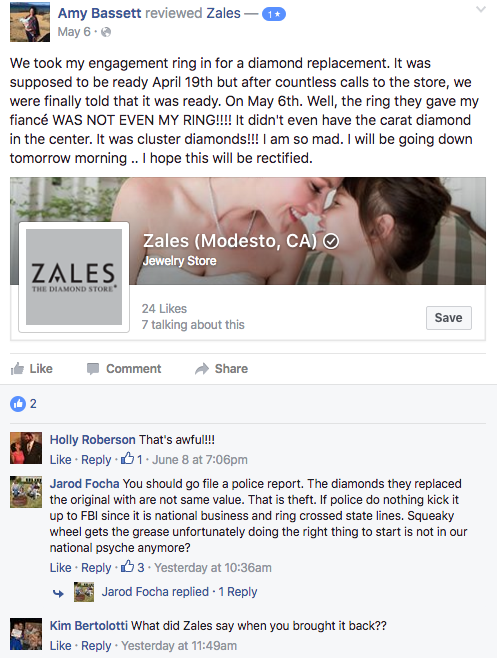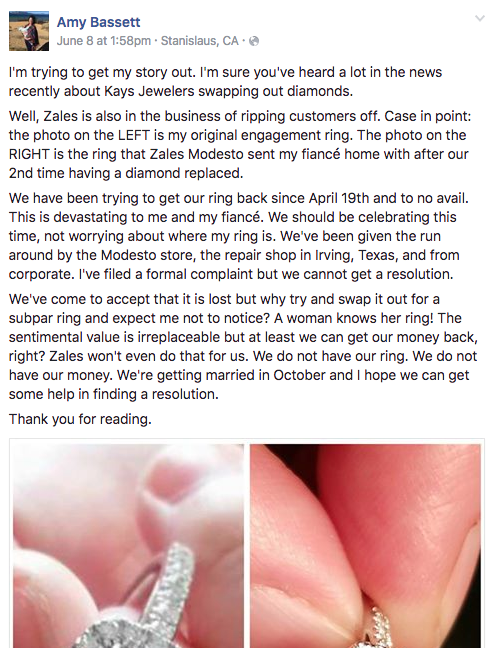As a franchisor, you devote considerable time and resources to getting your branding just right. From developing a logo and messaging to creating brand guidelines and marketing materials, there’s a lot that goes into that initial blueprint for all of your marketing efforts.
At the corporate level, your brand looks solid. But what happens at the local level when franchisees start posting on social media? Here are some possible scenarios:
- They change your messaging, interpreting it in a way that doesn’t match your goals
- They use your logo incorrectly or alter it
- They post information that conflicts with your corporate page
- They post randomly and inconsistently
- They post imagery that isn’t in line with your brand guidelines
The list goes on.
If you’re like many of the clients with whom we work at Rallio, giving the social-media car keys to franchisees is risky business at the local level. The branding and messaging you worked so hard to develop can easily become diluted, out of brand and unrecognizable from its original form.
So why does this brand disaster happen? Let’s look at three of the top reasons.
Reason #1: They lack corporate-approved resources.
If your franchisees are posting whatever they want on social media, it could be simply because they don’t know what else to post. Unless you supply them with corporate-approved imagery and messaging, you’re leaving it up to them what to post on their pages.
What to do about it: Devote resources to creating polished, professional images that will complement local posts created by your franchisees. Encourage them to add a personal touch so their pages include more than just corporate images. For example, they can post behind-the-scenes snapshots and location-specific promotions.
Our client Fantastic Sams does a great job of disseminating corporate-approved images (using the Rallio platform to manage the process), while also encouraging franchisees to post their own local content. Here’s an example of a corporate-created post that was used by a franchisee:
And here’s an example of that same franchisee adding a local touch:
Reason #2: You have no social-media guidelines.
Do your franchisees have a “Wild West” mentality that causes them to think they can do whatever they want on social media? If so, then perhaps you haven’t clearly stated what they can and cannot do. It all begins with social media guidelines that define how franchisees should approach social media, as well as what the approval process is for their content.
What to do about it: You might already have guidelines in place for print and web marketing and advertising. Build on those guidelines by telling franchisees the parameters for social media. Do you want to be able to review their content before it gets posted? Or are you OK with supplying corporate content and letting them post at the local level without your approval? Spell it out so there’s no confusion.
The clearer you are with your social-media guidelines, the less likely it is that franchisees will go rogue. (And rogue franchisees can not only destroy your brand, but your reputation as well. See my recent article on this topic for more information.)
[bctt tweet=”Clear #socialmedia guidelines lessen your chances of having rogue #franchisees.” username=”rallioHQ”]
Reason #3: You haven’t prioritized social media yourself.
If you don’t see social media as important to your brand, then your franchisees won’t, either. At best, they’ll ignore the social platforms and potentially miss out on opportunities. At worst, they’ll ruin your brand and reputation, as mentioned above.
What to do about it: Whether you like or dislike social media, there’s no denying its existence. And once you make it a priority at the top level, you take back control of how your brand appears in the public eye. You help your brand overall while also helping franchisees to post in the smartest, most efficient way possible. Remember, the goal is to have one brand and multiple locations … not multiple brands and multiple locations!
[bctt tweet=”You want one brand and multiple locations…not multiple brands and multiple locations! #franchising” username=”rallioHQ”]
Our platform lets multi-unit businesses create a unified social media presence while still enabling individual owners to customize content to reach local customers. Post across thousands of locations, manage imagery, control messaging, monitor keywords, view analytics and generate new business — all from one convenient dashboard. Interested in a demo? Drop us a line at hello@www.rallio.com.







